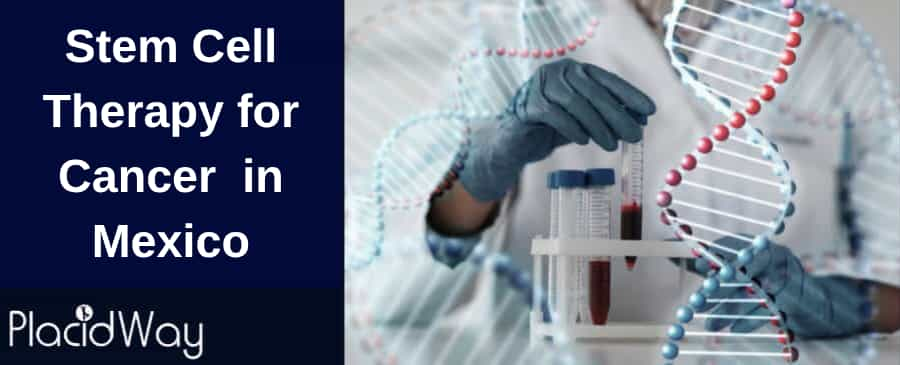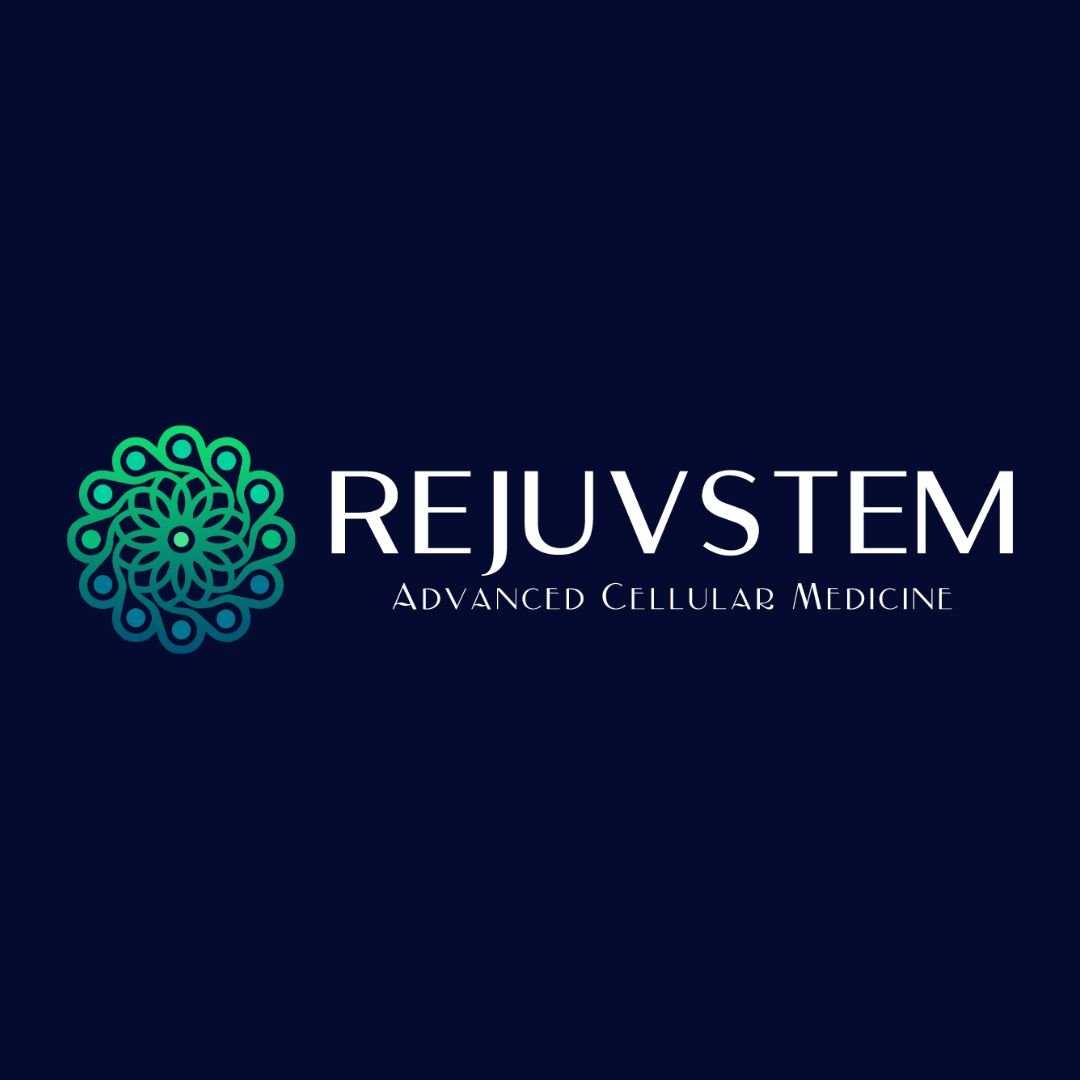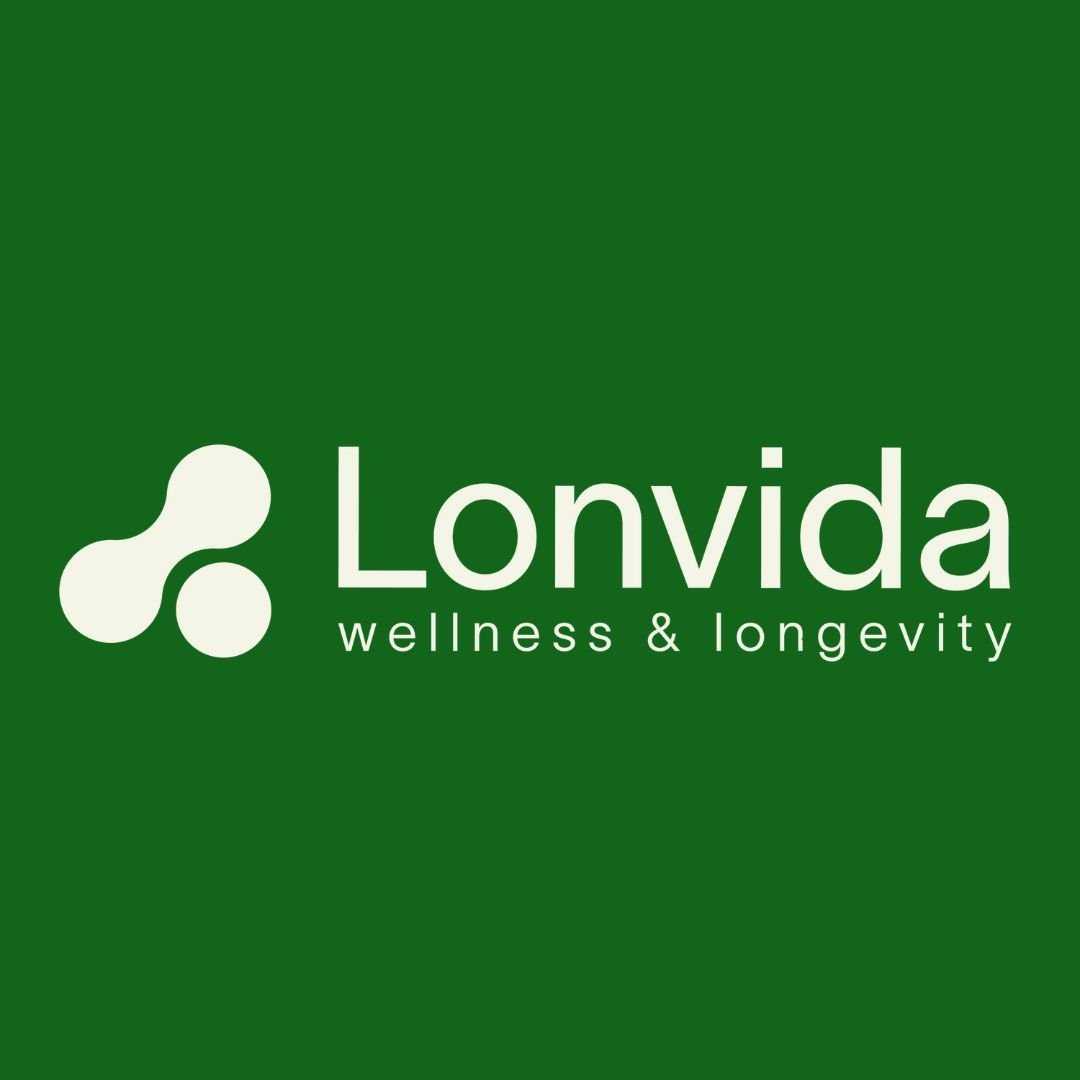Mexico's Role in Stem Cell Therapy for Cancer

Cancer remains a significant global health challenge, driving relentless innovation in treatment approaches. While conventional therapies like chemotherapy, radiation, and surgery are mainstays, stem cell therapy has emerged as a crucial component in specific cancer treatments, particularly for blood cancers. Mexico has gained recognition as a destination for various stem cell therapies, offering advanced medical facilities and more accessible options. This blog post will delve into the availability and nature of stem cell therapy for cancer in Mexico, addressing key questions about its applications, efficacy, costs, and associated considerations.
What types of stem cell therapy for cancer are available in Mexico?
"The primary type of stem cell therapy for cancer available in Mexico is Hematopoietic Stem Cell Transplantation (HSCT), commonly known as bone marrow transplant, used for blood cancers like leukemia, lymphoma, and multiple myeloma. Some clinics also offer adjunctive Mesenchymal Stem Cell (MSC) therapies to support recovery or address side effects."
Hematopoietic Stem Cell Transplantation (HSCT) is a well-established and vital treatment for various blood cancers and certain solid tumors. In Mexico, as in other parts of the world, HSCT involves replacing a patient's diseased bone marrow with healthy blood-forming stem cells. These cells can come from the patient themselves (autologous HSCT) or from a compatible donor (allogeneic HSCT). This procedure is typically performed after high-dose chemotherapy or radiation, which aims to destroy cancer cells and suppress the immune system. HSCT then rebuilds the patient's blood and immune system.
Beyond traditional HSCT, some clinics in Mexico may also offer Mesenchymal Stem Cell (MSC) therapy as a supportive or adjunctive treatment. MSCs are known for their immunomodulatory and regenerative properties. While not a direct cancer cure in themselves, they might be used to help manage side effects of conventional cancer treatments, promote tissue repair, or potentially enhance the immune response. It's crucial to differentiate between these established and experimental uses.
Is stem cell therapy for cancer effective in Mexico?
"For specific blood cancers like leukemia, lymphoma, and multiple myeloma, Hematopoietic Stem Cell Transplantation (HSCT) for cancer in Mexico is an effective and often curative treatment, with outcomes comparable to international standards. For solid tumors, stem cell therapy is largely investigational or supportive, and direct curative claims for these are generally unproven outside of clinical trials."
The effectiveness of stem cell therapy for cancer heavily depends on the type of cancer being treated. For hematological malignancies (blood cancers), HSCT has a long track record of effectiveness and is a standard of care. Mexican medical institutions performing HSCT often report success rates comparable to those in developed countries, demonstrating its efficacy in achieving remission and improving survival for eligible patients.
However, it is crucial to exercise caution when evaluating claims for stem cell therapy as a direct cure for solid tumors or other advanced cancers. While research is ongoing globally, many unproven stem cell treatments exist. Reputable clinics in Mexico will adhere to established medical protocols for cancer treatment, primarily utilizing HSCT for its proven indications. Any claims of curing solid tumors with non-HSCT stem cell therapies should be viewed with skepticism unless supported by robust, peer-reviewed clinical trial data.
What is the success rate of stem cell therapy for cancer in Mexico?
"For Hematopoietic Stem Cell Transplantation (HSCT) for blood cancers in Mexico, success rates, including long-term survival and disease-free survival, are reported to be comparable to international averages, often ranging from 50% to over 80% depending on the specific cancer, disease stage, patient's overall health, and type of transplant."
Success rates for HSCT are generally measured by overall survival and disease-free survival. A study examining outcomes of HSCT at a limited-resource center in Mexico City found 10-year overall survival rates of 61% for autologous HSCT and 57% for allogeneic HSCT, which are comparable to international literature. For specific cancers like multiple myeloma, some clinics in Mexico report success rates around 60% for stem cell therapy in terms of controlling the disease. It's important to discuss success rates pertinent to your specific cancer type and stage with the medical team in Mexico. These rates reflect well-established protocols within a regulated medical environment.
How much does stem cell therapy for cancer cost in Mexico?
"The cost of stem cell therapy for cancer in Mexico, specifically Hematopoietic Stem Cell Transplantation (HSCT), is significantly lower than in the United States or Canada, typically ranging from $50,000 to $150,000 USD, depending on the type of transplant (autologous or allogeneic), hospital, duration of stay, and specific complexities of the patient's case."
This cost-effectiveness is a major driver for medical tourism to Mexico. For instance, an HSCT procedure that might cost upwards of $300,000 - $500,000 in the US could be substantially less in Mexico. The pricing often includes the pre-transplant workup, conditioning chemotherapy, the stem cell infusion, hospital stay, and initial post-transplant care. However, it's crucial for patients to obtain a detailed, itemized cost estimate from the clinic or hospital to understand what is included and to account for potential additional expenses like travel, accommodation, and follow-up care.
What are the risks and side effects of stem cell therapy for cancer?
"The risks and side effects of stem cell therapy for cancer, particularly HSCT, are primarily associated with the intensive chemotherapy or radiation given before the transplant, including severe infections due to a compromised immune system, mucositis, fatigue, nausea, and potentially graft-versus-host disease (GVHD) in allogeneic transplants."
Because HSCT involves high doses of chemotherapy or radiation to eradicate cancer cells and suppress the immune system, patients become highly vulnerable to infections, which can be life-threatening. Other common side effects include severe fatigue, nausea, vomiting, hair loss, mouth sores (mucositis), and organ toxicity.
For allogeneic (donor) transplants, a significant risk is Graft-versus-Host Disease (GVHD), where the donor's immune cells attack the recipient's healthy tissues. While rare, other risks can include secondary cancers in the long term. Reputable clinics in Mexico have robust protocols in place to manage these risks, including strict infection control and supportive care.
How long does recovery take after stem cell therapy for cancer?
"Recovery after stem cell therapy for cancer, especially HSCT, is a multi-phase process: initial recovery involves a hospital stay of several weeks (2-6 weeks) for close monitoring, followed by an outpatient recovery period of several months to a year, during which the immune system reconstitutes and the patient regains strength."
The immediate recovery phase occurs in the hospital, where patients are closely monitored in a sterile environment as their new bone marrow begins to produce blood cells. This phase typically lasts for a few weeks until the blood counts recover.
The long-term recovery phase can take many months, or even up to a year or more, as the immune system fully reconstitutes and the body recovers from the intensive conditioning treatment. During this period, patients need to be diligent about infection prevention, follow dietary restrictions, and attend regular follow-up appointments. Rehabilitation and supportive care are often crucial components of the recovery journey.
Which hospitals in Mexico offer stem cell therapy for cancer?
"Several specialized hospitals and clinics in Mexico offer stem cell therapy for cancer, particularly Hematopoietic Stem Cell Transplantation (HSCT) programs. Notable institutions include some of the larger private hospital networks and specialized oncology centers, which often cater to international patients."
While specific names can vary, major medical centers that are part of well-known hospital groups or dedicated oncology hospitals are often equipped to perform HSCT. Some clinics that mention stem cell therapy for various conditions may offer adjunctive treatments for cancer patients, but for definitive cancer treatment like HSCT, it's essential to seek out accredited hospitals with dedicated hematology-oncology departments and transplant units. When considering stem cell therapy for cancer in Mexico, it is vital to research institutions with established transplant programs and COFEPRIS (Mexico's regulatory body, similar to the FDA) certification for handling human cells.
Am I a suitable candidate for stem cell therapy for cancer in Mexico?
"Suitability for stem cell therapy for cancer is determined by a comprehensive medical evaluation, generally for patients with specific blood cancers like leukemia, lymphoma, or multiple myeloma. Eligibility depends on the type and stage of cancer, overall health, age, prior treatments, and the presence of any comorbidities, with strict criteria for HSCT."
For Hematopoietic Stem Cell Transplantation (HSCT), which is the primary stem cell therapy for cancer, candidacy is rigorous. Patients typically need to be:
-
Diagnosed with a specific type of blood cancer (e.g., certain leukemias, lymphomas, multiple myeloma).
-
In remission or have a disease status that can be managed to allow for transplant.
-
In sufficiently good general health to withstand intensive conditioning chemotherapy/radiation.
-
Of an appropriate age (age limits vary but are generally becoming more flexible).
-
Have suitable stem cell donors if an allogeneic transplant is considered.
Patients with advanced solid tumors or those in very poor health are generally not candidates for HSCT. A thorough evaluation by a qualified hematologist-oncologist and a transplant team is crucial to determine eligibility.
What is the typical duration of stay for stem cell therapy for cancer in Mexico?
"The typical duration of stay for stem cell therapy for cancer in Mexico, particularly for Hematopoietic Stem Cell Transplantation (HSCT), is usually between 4 to 8 weeks for the inpatient phase, followed by a period of outpatient monitoring that may require a longer stay in Mexico for international patients, often totaling 2-3 months."
The inpatient portion of HSCT requires a prolonged hospital stay to manage the effects of conditioning therapy and monitor for engraftment and complications. After discharge, patients need to remain close to the transplant center for frequent follow-up appointments, blood tests, and potentially infusions for several weeks or months. This is critical for managing potential infections and other post-transplant issues. International patients should factor in this extended stay for both recovery and follow-up when planning their medical travel.
What are the regulations for stem cell therapy for cancer in Mexico?
"Mexico has a regulatory framework for stem cell therapy overseen by COFEPRIS (Federal Commission for Protection Against Sanitary Risks), similar to the FDA. While HSCT is a well-regulated procedure, any novel or unproven stem cell therapies for cancer outside of established protocols or approved clinical trials are considered experimental and are subject to strict oversight, with authorities emphasizing that unproven claims are not tolerated."
Mexican law requires that any use of human cells beyond established standard therapies must occur within a regulated research setting, with an authorized research protocol, ethics committee approval, and COFEPRIS sanction. While bone marrow transplants (HSCT) are well-established, clinics offering experimental or unproven stem cell treatments for cancer are closely monitored. COFEPRIS aims to ensure safety and efficacy, and patients should verify that any clinic they consider for stem cell therapy for cancer is COFEPRIS-certified and adheres to best practices. Patients should be wary of any clinic making "cure-all" claims for unproven therapies.
How does stem cell therapy compare to conventional cancer treatments?
"Stem cell therapy for cancer, specifically HSCT, is often used in conjunction with or as a high-dose consolidation treatment after conventional therapies like chemotherapy and radiation for certain blood cancers, aiming to enable more aggressive treatment and rebuild the immune system. For solid tumors, stem cell therapy is largely distinct from conventional approaches and often remains experimental, unlike chemotherapy, radiation, or surgery which are standard primary treatments."
For hematological malignancies, HSCT is not always an "alternative" but often an integral part of a comprehensive treatment plan, allowing for dose escalation of chemotherapy that would otherwise be too toxic to the bone marrow. It's a rescue therapy that makes aggressive conventional treatment possible.
For solid tumors, conventional treatments like surgery, radiation, and chemotherapy are the primary and proven methods. While stem cells are explored in research for solid tumors (e.g., targeted delivery of anti-cancer drugs, enhancing immunotherapy), unproven stem cell therapies offered outside of clinical trials for solid tumors are generally not comparable to or a replacement for conventional, evidence-based cancer care. Patients should always consult with their oncologists to understand the role of stem cell therapy within their overall cancer treatment plan.
Explore PlacidWay for solutions related to medical tourism and healthcare services.


.png)





.jpg)
.png)







Share this listing